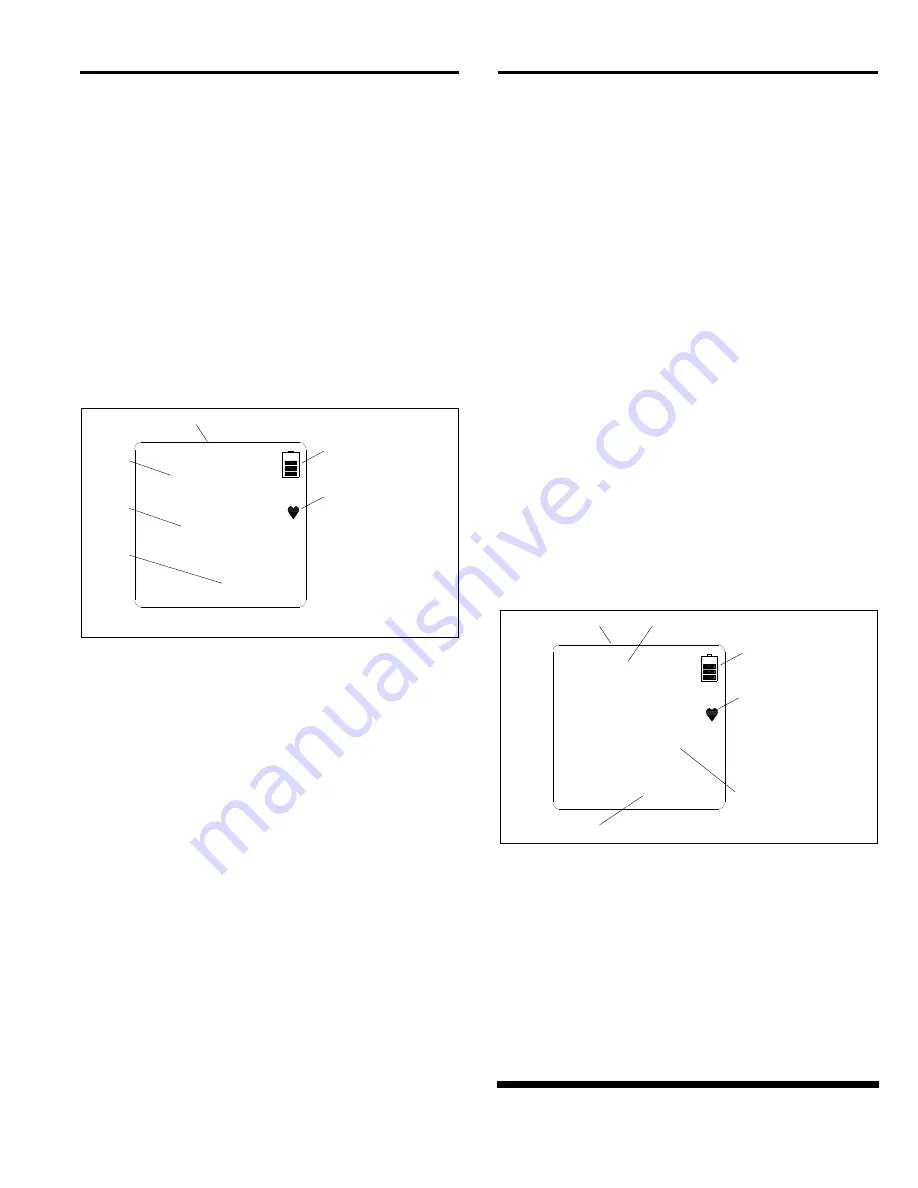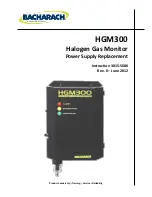
CMS-4 IN-HELMET CARBON MONOXIDE MONITOR
Page 7
© 2019 CLEMCO INDUSTRIES CORP.
www.clemcoindustries.com
Manual No. 29872
2.3.1
With the instrument turned OFF, press and hold
AIR and POWER MODE. Release when you hear a
beep.
BUMP
is displayed.
2.3.2
Press and release the AIR button to scroll to
DATE.
2.3.3
Press and release POWER/MODE. The date
and time will be displayed with the year flashing.
2.3.4
Use AIR to display the desired year. To reverse
the direction of change (i.e. from increasing to
decreasing or vice versa):
a. Press and hold AIR.
b. Immediately press POWER/MODE and then
release both buttons.
Figure 7
2.3.5
Press POWER MODE to save it. The month
starts to flash.
2.3.6
Use AIR
to adjust the month. Press POWER
MODE to save it. The day starts to flash.
2.3.7
Repeat the process to set the day, hour, and
minute. The time is shown in military format with the
hour going from 0 to 24.
2.3.8
Use AIR to scroll to START. Press and release
POWER MODE to begin the warm-up sequence.
NOTE:
If no button is pressed within 20 seconds, the monitor
will automatically return to measuring mode.
2.4
Performing a Fresh-Air Adjustment
NOTE: Before using the CMS-4, set the fresh-air
baseline to ensure accurate gas readings.
Additional fresh-air adjustment information is in Section
5.2.
2.4.1
Make sure the monitor is in a fresh-air
environment. This is an environment free of toxic or
combustible gases and of normal oxygen content
(20.9%).
2.4.2
Turn on the monitor by pressing and holding the
POWER/MODE button until the alarm beeps.
2.4.3
The monitor goes though the warm-up
sequence, as noted in Paragraph 2.2.2.
2.4.4
After the warm-up sequence, the monitor goes
into Measuring Mode (normal operating mode), it beeps,
and the LCD display is as shown in Figure 8.
2.4.5
Press and hold the AIR button. While pressing
the AIR button, the LCD displays
HOLD
, a prompt to
keep pressing the AIR button.
2.4.6
When the fresh-air baseline has been set, the
LCD displays Adj, and a prompt to
RELEASE
the AIR
button. The monitor beeps once and the screen displays
0 ppm, as shown in Figure 8.
2.4.7
The monitor is now in Measuring Mode (normal
operation). After an initial calibration per Section 5.7, the
CMS-4 is ready for monitoring.
Figure 8
2.5
Turning OFF the CMS-4
2.5.1
Remove the monitor after doffing (taking off) the
respirator at the end of the shift.
2.5.2
Press and hold the POWER/MODE button.
2.5.3
OFF will appear on the screen and the monitor
will beep for about five seconds. Release the button
when OFF disappears from the screen and the LCD is
blank. The monitor is off.
Gas
Battery Icon
Current Gas (CO)
Concentration
Time
LCD Window
CO
0
12:34
ppm
Heart Symbol
Pulses, indicating the
monitor is in normal
operating status.
Year
Battery Icon
Date
2019
8.03
Time
12:34
LCD Window
Heart Symbol
Pulses, indicating the
monitor is in normal
operating status.










































